1. Native Plant Gardens
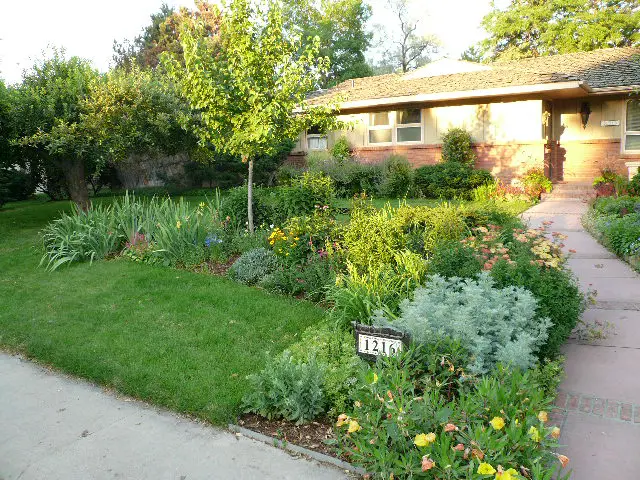
Using native plants in landscaping is a sustainable trend gaining momentum for its ecological benefits. These plants are adapted to the local climate and soil, requiring less water, fertilizer, and maintenance. Native gardens also provide essential habitats for pollinators like bees and butterflies, enhancing biodiversity in residential areas.
According to National Wildlife Federation, homeowners who embrace native plant gardens can significantly reduce their carbon footprint while enjoying lush, thriving landscapes. This approach not only conserves resources but also reconnects people with their local environment, making it a meaningful and eco-friendly choice for 2025.
2. Rain Gardens
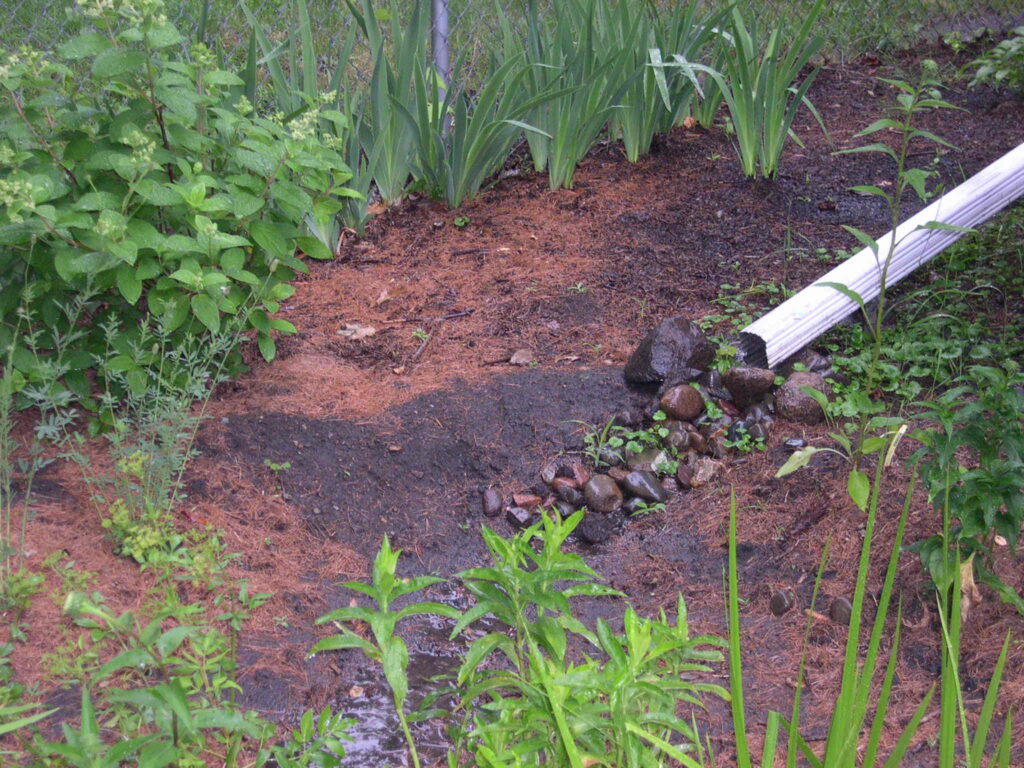
Rain gardens are becoming a popular choice for managing stormwater runoff in an eco-conscious way. These gardens are strategically designed to capture and filter rainwater, preventing erosion and reducing the burden on municipal drainage systems. Filled with water-tolerant plants, they transform functional spaces into visually stunning landscapes.
The Nature Conservancy explains that rain gardens help purify water by filtering out pollutants before they reach natural waterways. As climate change intensifies weather patterns, this trend is providing homeowners with a practical and attractive solution to mitigate flooding while promoting sustainability.
3. Permeable Paving

Permeable paving is a groundbreaking trend for reducing water runoff and soil erosion. Unlike traditional concrete, permeable surfaces allow rainwater to seep through, replenishing groundwater supplies. This innovative solution is ideal for driveways, walkways, and patios, combining functionality with environmental responsibility.
Green Building Advisor highlights that permeable paving materials, such as porous asphalt or permeable pavers, work seamlessly with natural landscaping. As urban areas face increased flooding risks, this eco-friendly trend is reshaping how outdoor spaces are designed and maintained.
4. Edible Landscaping

Edible landscaping integrates fruits, vegetables, and herbs into traditional garden designs, creating beautiful and functional outdoor spaces. This trend encourages sustainable living by reducing reliance on store-bought produce and minimizing food miles. From vibrant berry bushes to decorative kale, edible plants offer both aesthetic and culinary value.
According to Better Homes & Gardens, edible landscaping helps homeowners cultivate self-sufficiency while fostering a deeper connection to nature. As more people prioritize health and sustainability, this approach is redefining the purpose and appeal of residential landscapes.
5. Solar-Powered Garden Lighting
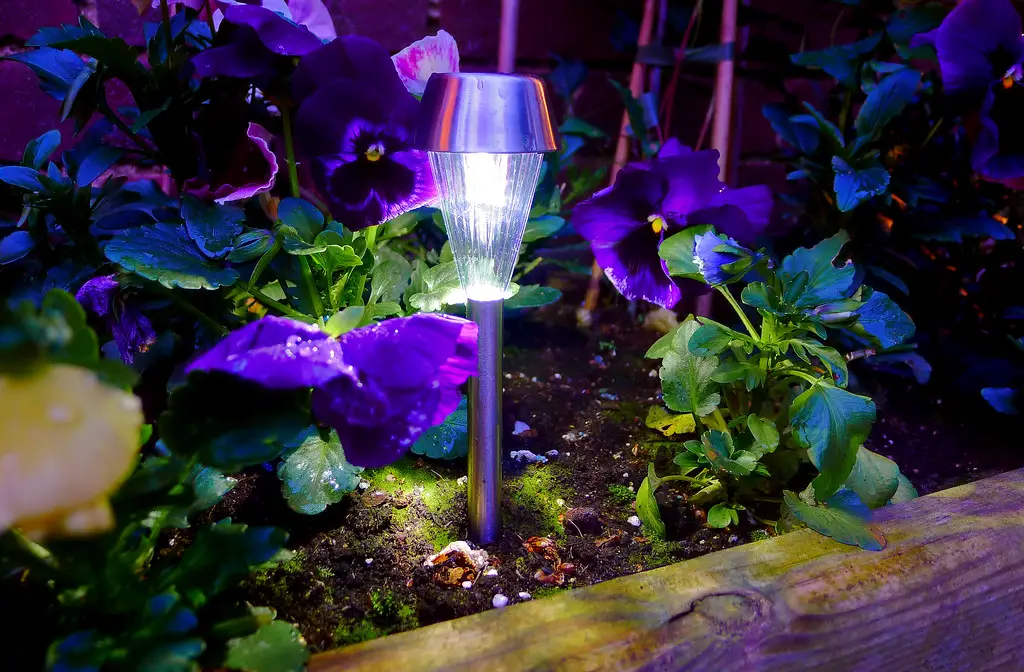
Solar-powered garden lights are an eco-friendly alternative to traditional outdoor lighting, offering energy savings and aesthetic appeal. These lights harness sunlight during the day and illuminate pathways, patios, and gardens at night. They are low-maintenance, cost-effective, and available in a variety of styles to suit any design preference.
Energy.gov emphasizes that solar lighting reduces electricity consumption while enhancing outdoor ambiance. This trend is helping homeowners create sustainable, energy-efficient landscapes without sacrificing beauty or functionality.
6. Composting Areas

Designated composting areas are becoming an essential feature in eco-friendly landscaping. These spaces allow homeowners to recycle organic waste, turning kitchen scraps and yard debris into nutrient-rich compost for gardens. By reducing landfill waste and improving soil health, composting areas promote a circular approach to sustainability.
US EPA explains that integrating composting areas into landscaping not only benefits the environment but also saves money on fertilizers. This trend is empowering homeowners to contribute to waste reduction while maintaining vibrant, thriving gardens.
7. Pollinator-Friendly Features
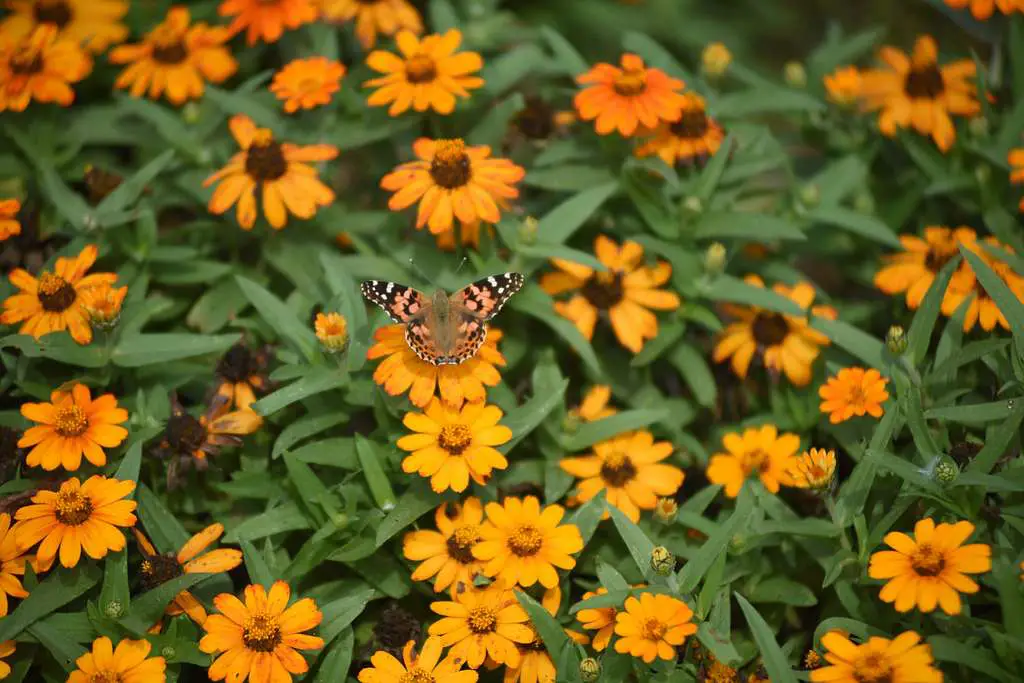
Creating pollinator-friendly landscapes is a trend that prioritizes the health of bees, butterflies, and other essential species. Features like wildflower meadows, flowering shrubs, and nectar plants attract pollinators, supporting ecosystem balance and food production.
Pollinator Partnership notes that these landscapes are critical for combating pollinator population decline. By incorporating these features, homeowners can enjoy colorful, dynamic gardens while playing a vital role in environmental conservation.
8. Low-Water Landscaping

Low-water landscaping, also known as xeriscaping, focuses on drought-resistant plants and efficient irrigation methods. This trend is particularly important in arid regions, where water conservation is a top priority. Gravel paths, succulents, and native grasses are common elements in these designs.
World Resources Institute explains that low-water landscaping significantly reduces water usage while maintaining aesthetic appeal. As water scarcity becomes a global issue, this approach is proving to be a practical and sustainable choice for homeowners.
9. Living Walls and Vertical Gardens

Living walls and vertical gardens bring greenery to small or urban spaces, combining functionality with innovative design. These installations improve air quality, reduce noise pollution, and provide insulation for buildings. They can be tailored with a mix of ornamental plants, herbs, or even vegetables.
Architectural Digest highlights that vertical gardens are a creative way to maximize greenery in compact areas. This trend is making eco-friendly landscaping accessible to apartment dwellers and urban homeowners alike, ensuring that sustainability knows no bounds.
10. Smart Irrigation Systems
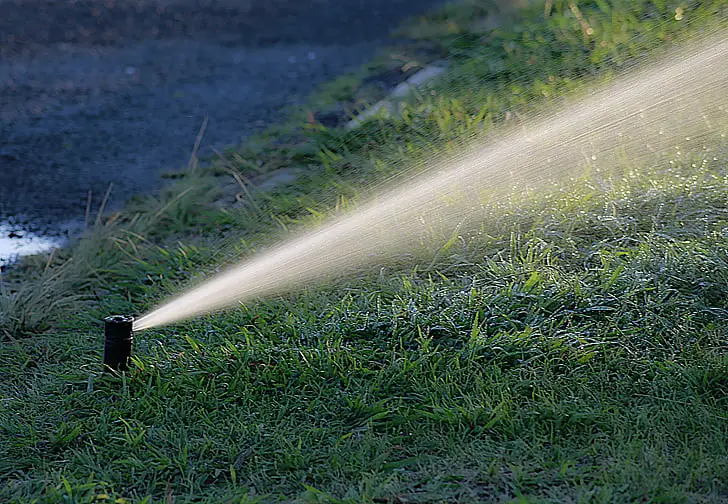
Smart irrigation systems are revolutionizing water management in landscaping. These systems use weather data, soil sensors, and automation to deliver precise watering schedules, reducing waste and promoting plant health. Homeowners can monitor and control their irrigation systems remotely via smartphone apps.
Smart Watering Solutions explains that these innovations optimize water usage, helping landscapes thrive in an eco-friendly manner. Smart irrigation systems are a cornerstone of sustainable landscaping, offering convenience and efficiency in equal measure.
11. Wildlife Corridors

Wildlife corridors in residential landscapes create safe pathways for animals to travel between habitats. These features include native plantings, hedgerows, and water sources that support local fauna. They help mitigate the effects of urbanization on wildlife populations.
WWF emphasizes that wildlife corridors foster coexistence between humans and nature. This trend is reshaping landscaping practices by prioritizing ecological harmony and biodiversity.
12. Rewilding Practices

Rewilding involves letting portions of a landscape return to their natural state, promoting biodiversity and reducing maintenance. Homeowners are adopting this trend by planting native grasses, wildflowers, and shrubs, creating vibrant, self-sustaining ecosystems.
Rewilding Britain notes that rewilding improves soil health, supports pollinators, and enhances water retention. This trend reflects a shift toward landscaping practices that celebrate nature’s resilience and beauty while reducing human intervention.
